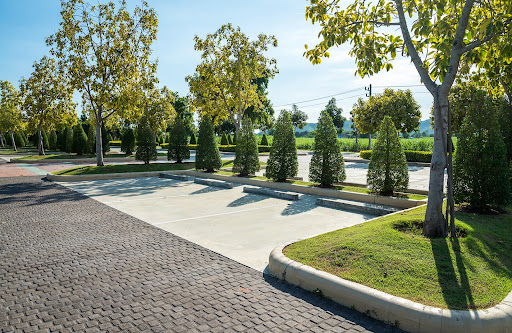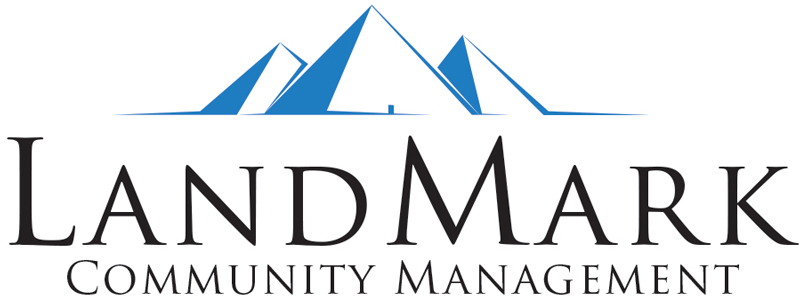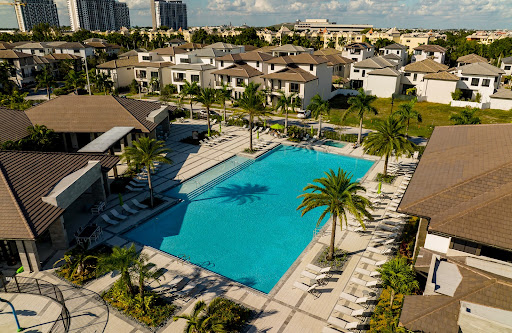Managing HOA amenities is no ordinary task. It requires great care and attention from the HOA board. Otherwise, the community may incur more repair and maintenance costs than necessary. It can also cause disorder among the residents and lower homeowner satisfaction.
HOA Amenity Management: Identifying & Minimizing Risks
Facilities and amenities have various perks. A community pool might attract more potential buyers to the community. But, just as they have their benefits, each facility also comes with associated risks. The HOA must verify these risks and minimize them to ensure they don’t become liabilities.
For example, swimming pools and hot clubs may be dangerous for members because there’s water involved. Residents and guests may slip, causing accidents. Pools also run the risk of contamination and drowning which can get the HOA in hot water. If the HOA has a pool, it must keep pool safety a priority.
On the other hand, a community clubhouse may pose a risk if there are stoves, ovens, and grills inside. This could pose a fire hazard. Moreover, if the clubhouse is too small for the size of the community, it may run the risk of overcrowding.
Risk Management
Once a risk is identified, the board should take steps to minimize those risks. Check the community’s governing documents for guidance on how to manage and maintain amenities. Make sure to also check applicable guidelines from local or state departments.
Furthermore, it may be wise to eliminate portions of the amenity that have a high risk of accidents or injuries. The community may get rid of diving boards or slides installed for the swimming pool. They may also ban grills and cooking equipment inside certain areas.
Lastly, the community may impose rules and restrictions to regulate the use of their amenities. This allows the HOA to keep accidents at bay. It also lowers the risk of liability for the homeowners association.
Best Tips for Managing HOA Amenities
Is your community struggling to learn how to manage HOA amenities? Here are some of the top tips to keep amenity management organized and minimize risks.
1. Implement Online Reservations
There are certain risks involved when too many residents or guests use a facility at once. The facility can become overcrowded, leading to potential accidents. It can also increase the risk of property damage as accidents can damage not only people but also equipment. Moreover, it poses a safety threat as it may prevent people from exiting the facility during an emergency.
One of the easiest ways to prevent this is to utilize online reservations. Doing this can help communities limit the number of users for each facility. Online reservations are also easily accessible and reduce the chances of overbooking.
2. Organize Staffing for Amenities
The community’s board members have many duties to fulfill. They also have to take care of personal matters and manage their own households. As such, they cannot oversee the use of each amenity themselves.
This is why it’s a good idea for homeowners associations to hire staff to oversee amenity usage. It’s especially important for communities with more facilities like pools, clubhouses, and exercise rooms. Dedicated staff can monitor reservations, ensure proper equipment use, and control the number of visitors.
3. Enforce Rules for Residents and Guests
Defining the rules for each amenity and equipment allows the HOA to minimize accidents. Consider implementing time limits and implementing a maximum capacity for each amenity. Moreover, it’s best to state the kinds of activities that are prohibited when using these facilities.
For example, people may not use the pool after 10 p.m. The HOA may also only allow a certain number of people to enter the clubhouse at a time. Moreover, they may not be allowed to smoke or drink alcohol while using the pool, clubhouse, or gym.
In addition, the governing documents may prohibit guests from entering or using these facilities. Remember to check the bylaws for any similar provisions. If there are none, consider implementing them to minimize liability.
4. Have Designated Parking Spaces

Designating parking spaces in the community allows the HOA to stay organized. Consider only allowing people to park in their garage, driveway, or specific parking areas. Moreover, they can even limit the number of parking spaces per household.
If guests arrive, the community may also ask for payment to use certain parking spots. Don’t forget to put up signs and warnings and utilize towing to enforce these rules. These will deter residents and guests from breaking the rules.
5. Repurpose Unused or Underutilized Spaces
Unused or underutilized amenities can easily accumulate dirt and mold. They may fall into neglect and deteriorate faster. In these cases, it’s best to repurpose these amenities so the community can benefit from the space.
For example, let’s say nobody uses the community clubhouse. The HOA may want to convert this space into a gym or a co-working space instead. Regardless, repurposing these spaces allows the residents to see that the HOA is keeping all the amenities functional. It also allows the association to stay competitive in the homebuying market.
6. Enact Rules On Renting Out Amenities
Guests and outsiders do not have a stake in the HOA. They won’t take care of the community’s belongings or facilities the way residents do. That’s why some governing documents may prohibit associations from renting out amenities to strangers. But, if they are silent, the HOA should consider enacting rules when it comes to renting.
They may prohibit renting or outside visitors altogether to minimize liability risks. Alternatively, the HOA may minimize risks by adding a rule that only a certain number of guests are allowed per resident.
7. Schedule Regular Maintenance Activities
HOA amenities maintenance is an important part of managing HOA amenities. That’s because the risk of accidents or emergencies is higher for amenities that aren’t well-maintained. Falling structures, failing electrical systems, and mold all pose dangerous health and safety hazards.
Remember to schedule regular maintenance activities for each amenity. Consult a professional and ask how frequently each facility or amenity should be inspected and maintained. Moreover, make sure to have enough money in the reserve fund to replace certain fixtures with limited lifespans.
Keeping the Community Safe and Organized
Managing HOA amenities can be challenging for communities. However, it’s certainly a necessity considering how many risks are associated with various facilities. The board has a fiduciary responsibility to the HOA, so they must treat this aspect of community management with care.
Is your community struggling to manage its amenities? Landmark Community Management can help you. We provide stellar services that can take care of all your amenity management problems. Call us today at 512-569-5527 or contact us online to know more!


